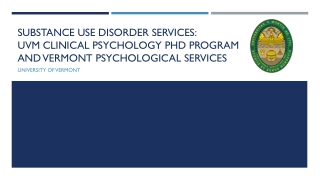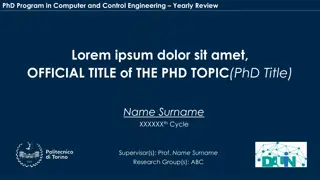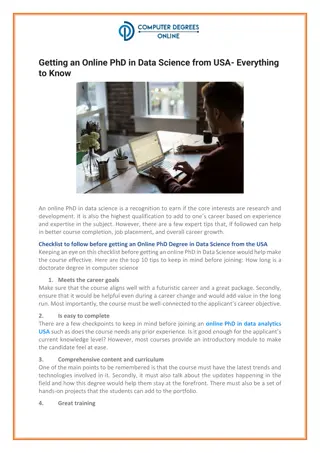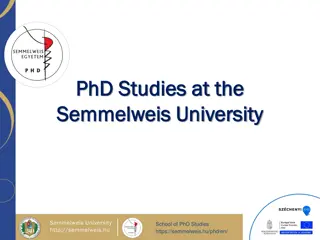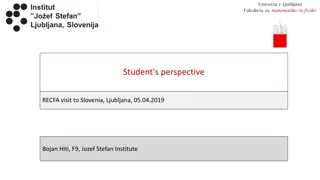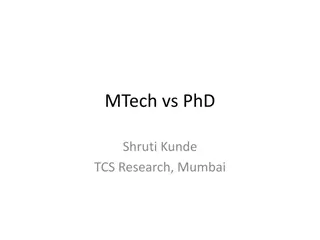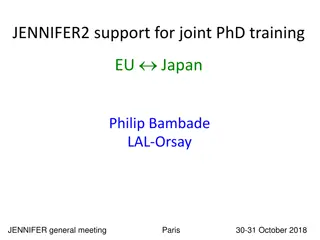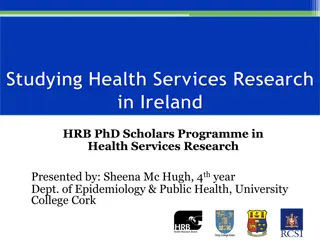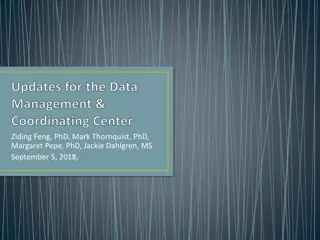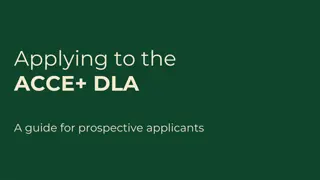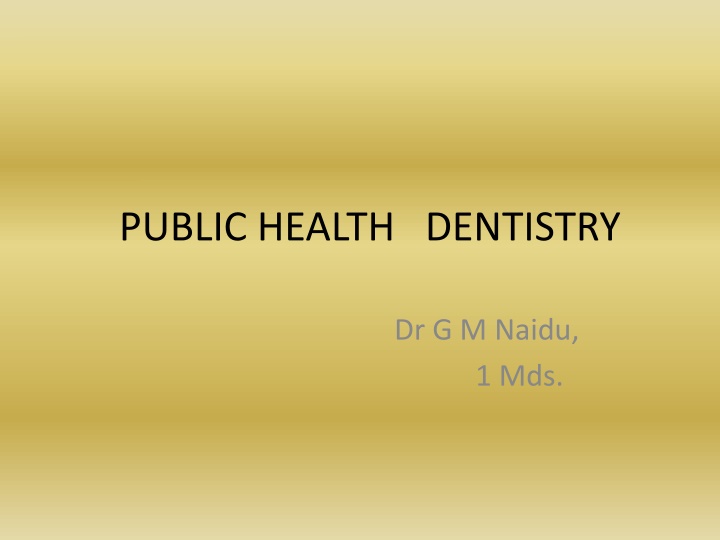
Dental Public Health Principles and Services
Explore the world of dental public health through the eyes of prominent figures like Dr. G.M. Naidu. Learn about the core principles, forms of services in developed and underdeveloped countries, and the essential tools such as epidemiology, biostatistics, and social sciences. Delve into the principles of administration and preventive dentistry, gaining insights into the prevention of diseases and the promotion of overall community health.
Download Presentation

Please find below an Image/Link to download the presentation.
The content on the website is provided AS IS for your information and personal use only. It may not be sold, licensed, or shared on other websites without obtaining consent from the author. If you encounter any issues during the download, it is possible that the publisher has removed the file from their server.
You are allowed to download the files provided on this website for personal or commercial use, subject to the condition that they are used lawfully. All files are the property of their respective owners.
The content on the website is provided AS IS for your information and personal use only. It may not be sold, licensed, or shared on other websites without obtaining consent from the author.
E N D
Presentation Transcript
PUBLIC HEALTH DENTISTRY Dr G M Naidu, 1 Mds.
PUBLIC HEALTH Winslow (1920) defines public health as the art and science of preventing disease, prolonging life and promoting physical and mental efficiency through organized community efforts . Knutson- defines public health as public health is people s health. It is concerned with aggregate health of a group, community, state or nation.
PRINCIPLES IN DENTAL PUBLIC HEALTH Public health work 1. Done in areas of group responsibility. 2. Relies on team effort. 3. Prevention is main goal. 4. Deals with cause of disease.(Epidemiology). 5. Comparative analysis of population by biostatistics. 6. Deals with healthy and sick 7. Health education and communication of local population. 8. Payment made easy.
Forms of dental health services In Developed countries Services provided by 1. Dentists and auxiliaries 2. Non govt dentists and dental auxiliaries partly or entirely remunerated by govt. 3. Dentists and dental auxiliaries employed by govt.
In Underdeveloped countries Services provided by 1. Govt institutions. 2. Private institutions 3. Private practitioners. 4. Professionals employed by govt.
TOOLS OF DENTAL PUBLIC HEALTH 1. Epidemiology 2. Biostatistics 3. Social sciences 4. Principles of administration 5. Preventive dentistry Epidemiology : [epi - upon, demos people, logos science] Parkin (1873) the branch of medical science dealing with epidemics. Aims to minimize disease and its consequence. - to minimize chance of its occurrence in future. Objective 1. define the magnitude and occurrence of disease.
2.Identify the etiological factors. 3.Provide data is necessary for planning,implementation and evaluation of programmes aimed at preventing ,controlling and treating diseases. Biostatistics Def Biostatistics is that branch of statistics concerned with mathematical facts and data relating to biologic events. Uses define normalcy, study correlation between 2 attributes, to study efficacy of vaccines, to define morbidity and mortality.
Social sciences 1. Include sociology, cultural anthropology and psychology 2. Frequently includes economics, government and history. Principles of administration 1. 2 main areas are organization and management. 2. Organization deals with structure of agency. 3. Management handling of personnel and operation.
Preventive dentistry Levels of prevention 1. Primary prevention health promotion and specific protection. 2. Secondary prevention early diagnosis and prompt treatment. 3. Tertiary prevention disease control involving disability limitation.
DIFFERENCES BETWEEN PRIVATE DENTAL PRACTISE AND PUBLIC HEALTH DENTISTRY PRIVATE DENTAL PRACTICE 1. Individual patient 2. History taking and oral clinical examination 3. Radiography, blood test, biopsies, exfoliative cytology. 4. Diagnosis PUBLIC HEALTH DENTISTRY 1. Community or group 2. Analysis of health and morbidity records. 3. Epidemiological surveys 4. Situational analysis of oral health status and needs and utilization of services. 5. Action plan based on demands, available resources and priorities. 6. Promotive and preventive care. 5. Treatment plan based on diagnosis, patients attitudes and affordability. 6. Curative and restorative care.
DIFFERENCES BETWEEN PRIVATE DENTAL PRACTISE AND PUBLIC HEALTH DENTISTRY PRIVATE DENTAL PRACTICE 7.Patient s consent and cooperation. 8.Dentist alone, sometimes with assistant. 9.Appropriate dental procedure. PUBLIC HEALTH DENTISTRY 7.Community participation. 8.Health team professionals and Para professionals. 9.Promotive and preventive measure at individual and community level. 10.Sociology, social psychology, education, epidemiology. 11.Perspective long term. 10.Psychology. 11.Perspective immediate


